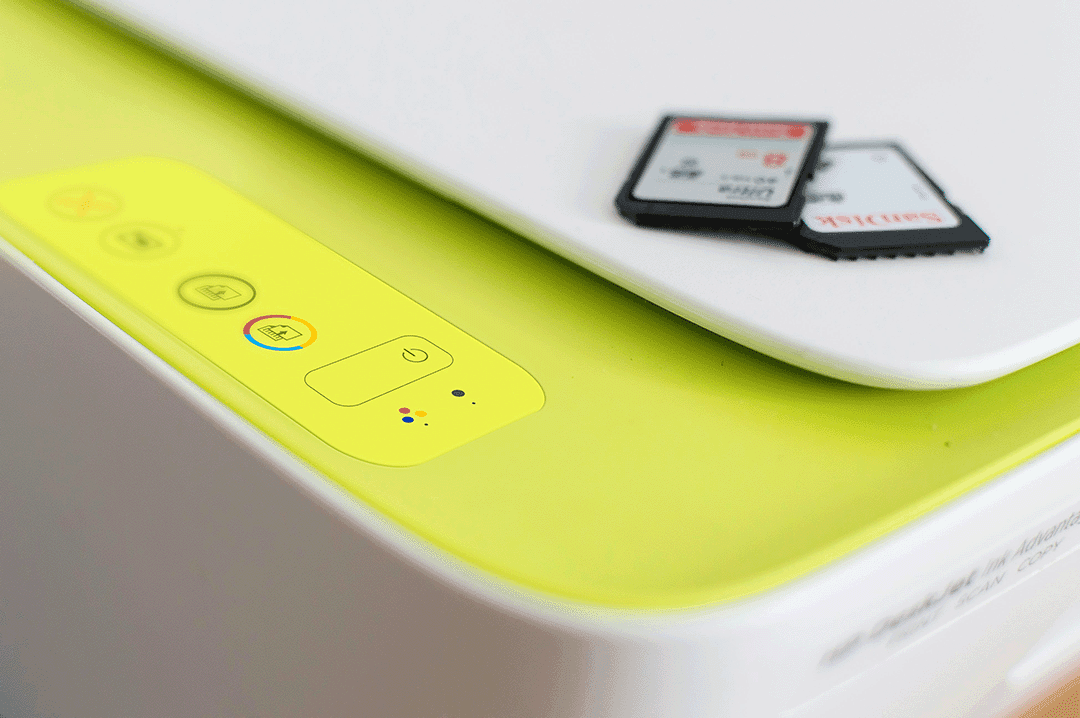The convergence of global eSIM technology and 3D printing has emerged as a groundbreaking synergy, reshaping the landscape of manufacturing and connectivity. This powerful amalgamation of advancements signifies a new era, where streamlined processes and enhanced connectivity converge to revolutionise industries.
November 22, 2023
5 minutes read
eSIM and 3D Printing: Pioneering Innovations Transforming Manufacturing and Connectivity

Manufacturing Potential of 3D Printing: Creating Custom Products on Demand
3D printing is a process of creating three-dimensional objects from a digital file. This technology has the potential to revolutionise manufacturing by allowing companies to create custom products on demand, without the need for expensive tooling or moulds. 3D printing also offers several other benefits, such as:
Reduced waste: 3D printing can reduce waste by eliminating the need to create large amounts of inventory.
Increased flexibility: 3D printing allows companies to create products with complex geometries that would be difficult or impossible to manufacture using traditional methods.
Reduced lead times: 3D printing can reduce lead times by allowing companies to create products quickly and easily.
3D printing, also known as additive manufacturing, has redefined the traditional manufacturing paradigm. Its ability to create intricate objects layer by layer from digital models has transcended boundaries in various sectors, from aerospace and automotive to healthcare and beyond. Integrating eSIM technology into this additive manufacturing process heralds a new wave of possibilities.
Connectivity Redefined
eSIMs, or embedded SIM cards, have transformed how devices connect to cellular networks. Their compact size and remote provisioning capabilities enable seamless connectivity across a multitude of devices, transcending geographical limitations. In 3D printing, eSIMs with data play a pivotal role in enabling constant communication between printers, software, and servers, optimising operational efficiency.
Synergy Unleashed
The combination of unlimited eSIMs and 3D printing creates a symbiotic relationship that fosters innovation. Printers with eSIM for data support may access real-time data, allowing for remote monitoring, maintenance, and adjustments. This link ensures effective operation, reducing downtime and increasing production. Furthermore, eSIMs enable secure connection, protecting critical data throughout the printing process.
Applications Across Industries
The impact of this convergence extends across diverse industries. In healthcare, 3D printing with eSIM connectivity enables the production of personalised medical devices and prosthetics, with real-time monitoring capabilities. Aerospace industries leverage this synergy to produce intricate parts while ensuring stringent quality control and traceability. Automotive sectors harness the potential for rapid prototyping and customisation, optimising production lines.
Challenges and Future Prospects
Despite the promise, challenges persist, including standardisation, data security, and compatibility. However, ongoing research and collaborative efforts aim to address these hurdles, paving the way for broader adoption. The future holds immense potential, with advancements poised to expand the applications of eSIM-equipped 3D printing into new realms, from smart cities to sustainable manufacturing.
Summing up, the fusion of international eSIM technology with 3D printing signifies a transformative shift in manufacturing and connectivity. This innovative synergy empowers industries to achieve unprecedented levels of efficiency, customisation, and connectivity.
As collaboration and advancements continue, the possibilities are limitless, heralding a future where manufacturing and connectivity converge seamlessly in a world of boundless innovation.
By embracing this dynamic convergence, industries are poised to unlock new frontiers and redefine what's possible in manufacturing and connectivity.
Try Telesim today
Download our app and get access to over 130 eSIMs plans at the most affordable, local rates from around the world.